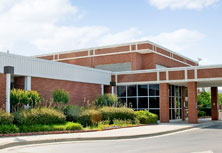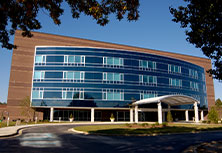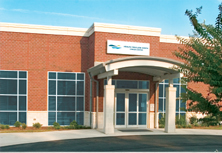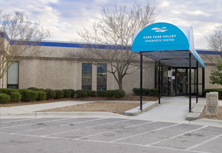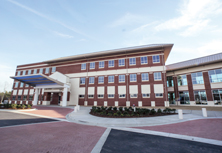Stone Disease
Stone disease is the cause of significant morbidity in our society. It is estimated that approximately 12% of the population will have a renal stone at some point in their lives. In the United States and other industrialized countries, kidney stones are more common in men than in women. Twelve percent of men and 5% of women will suffer from renal stones by the age of 70 years. Patients with a history of stones, have a 50% risk of developing another stone within 5-10 years. Moreover, in selected patients, repeat stone formation rates may approach 80% over their lifetime. The prevalence of urinary calculi increases with age, attaining a maximum in the 40 - 60 year category. After the age of 60, the prevalence decreases and approaches 0 by the ninth decade of life. The incidence of renal stones varies between countries.
Renal calculi in children and adolescents occur less commonly than in adults. Stones in the pediatric population are usually idiopathic or related to inborn errors of metabolism, congenital urologic anomalies or immobilization. Climate is also a factor, which effects the incidence of renal calculi. Kidney stones are more frequently seen in warmer climates and during the summer months. This may be due to dehydration with excretion of lower than usual volumes and increased concentration of urine.
The mechanisms of stone formation also vary from country to country. In western cultures, for example, dietary plentitude contributes to stone formation. In the mid-east, schistosomiasis is a frequent cause of urinary stone disease.
For the management of renal stones, there is an explosion in technical innovations. Today, the endourologist possesses an assortment of minimally invasive tools to treat renal stones. Most patients may receive fast, safe and effective treatment in the outpatient setting. However, despite the many technical advances, anatomical malformations of the urinary tract and complex stones continue to provide a significant challenge to the urologist.


